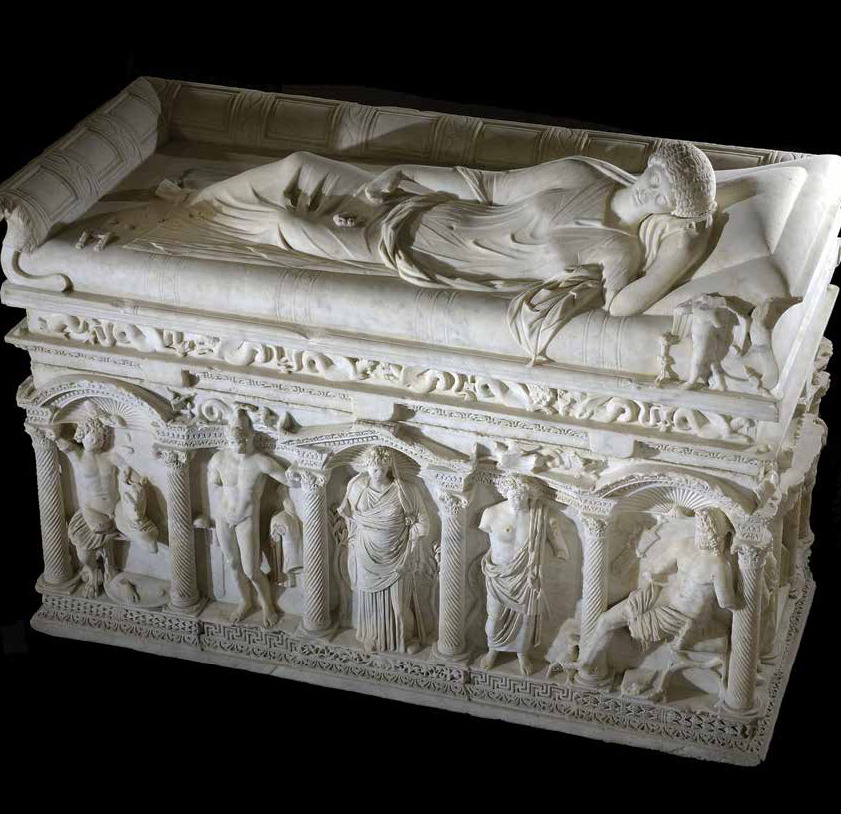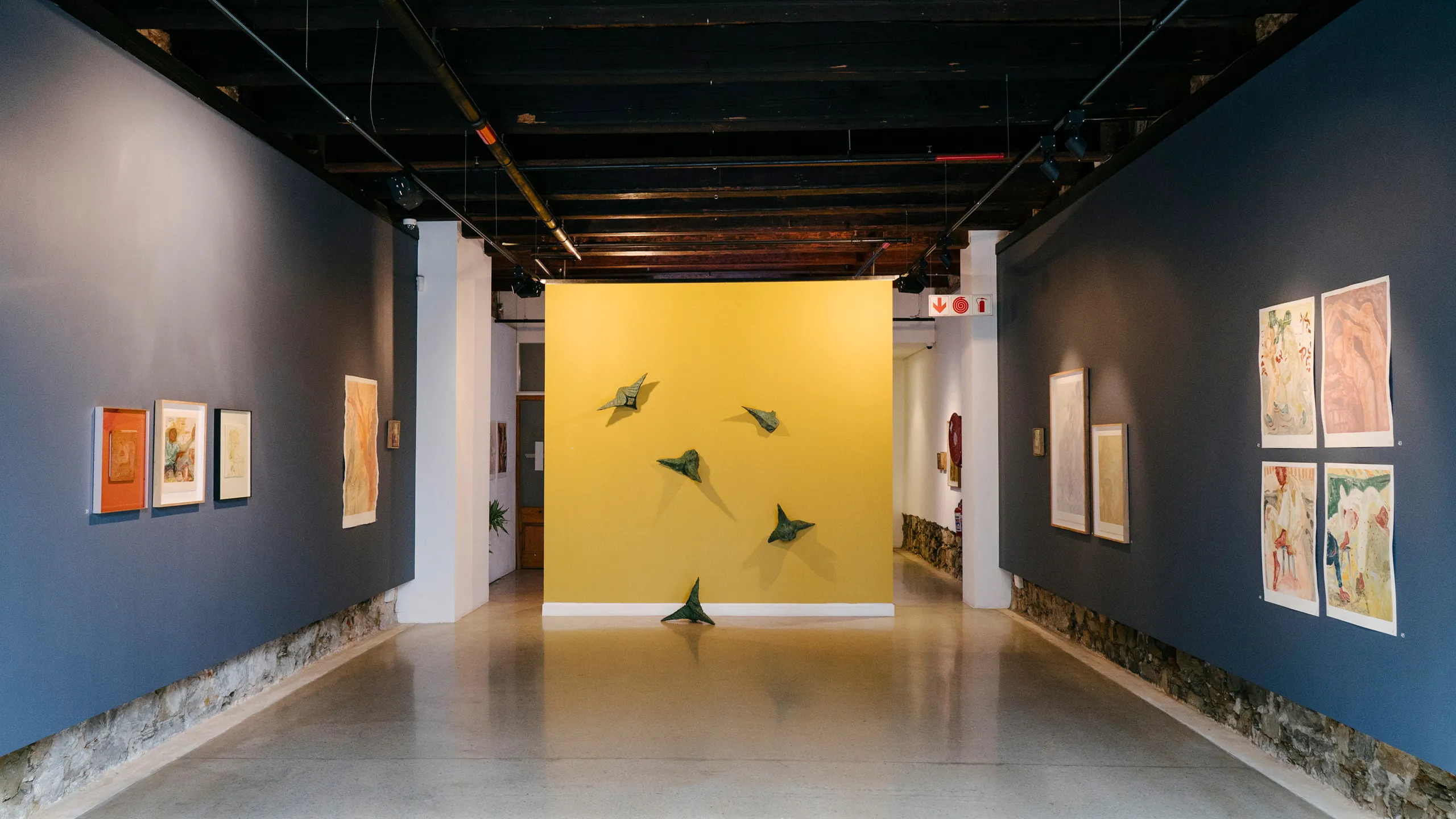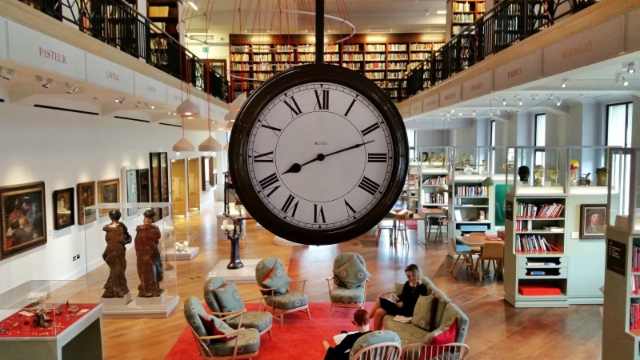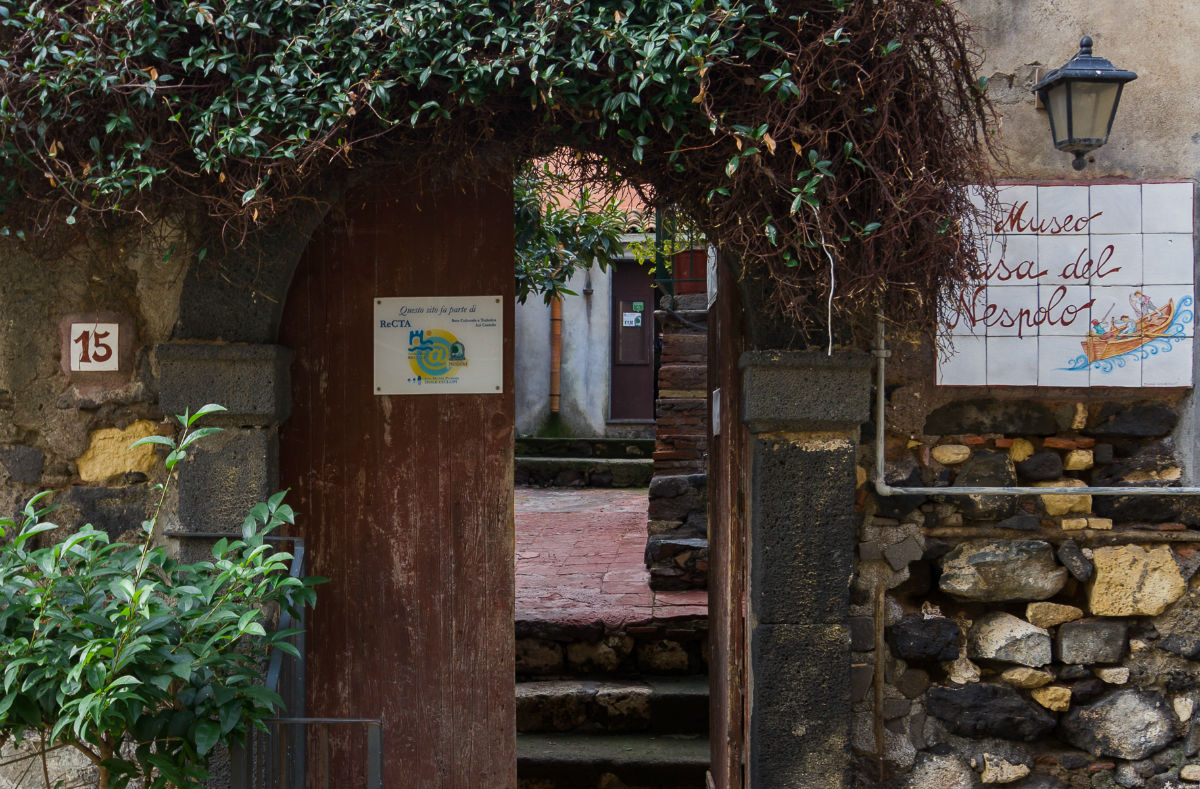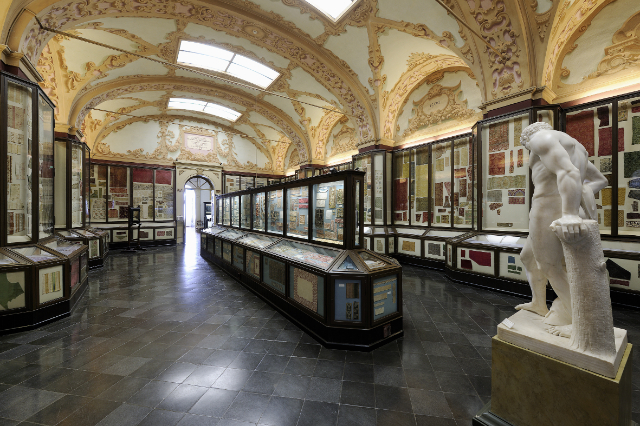Hidden Treasures of Italy: The Rapolla Sarcophagus (Height 1.80 m, length 2.50 m, width 1.20 m)
Among the most significant works of the Archaeological Museum of Melfi is certainly the Rapolla Sarcophagus, named after the place where it was found, in 1856, along the route of the ancient Via Appia a few kilometers from Melfi. Exactly in Albero in Piano di Rapolla, where the remains of an important and unexplored Roman villa, which belonged to important families of ancient Rome, are still buried, perhaps in Lacinia, mother of Pompeo who had possessions in Puglia and Lucania, or in Silla who may have received it from the Roman general Marco Aponio who had fought the Lucanians, bitter enemies of Rome. However, Aponio had ended up in Crassus’ proscription list and it seems that he had to pay with his possessions in Lucania to escape death and the accusation of plotting against Rome.
The Sarcophagus is made of white marble and of imposing proportions (height 1.80 m, length 2.50 m, width 1.20 m), the work of workers from Asia Minor. On the lid a young woman of good appearance lies lying on her bed, depicted as if she were asleep. At her feet is a small dog, of which only her legs remain. Near her head there is a cupid holding a festoon of flowers and in the other hand a torch facing downwards, in an attitude that in Roman funerary iconography alludes to death. The hairstyle, typical of women who lived in the era of the emperors of the Antonine dynasty, has allowed the monument to be dated in Roman times and more precisely to the second half of the second century AD.
In the upper part of the sarcophagus, a frieze of tritons and sea monsters frames the lower part where, within a rich architectural division with small temples supported by fluted columns, there are some classical divinities and heroes. The sarcophagus has no inscriptions and for this reason the name of the young woman is perhaps destined to remain unknown forever. The name of the family member who wanted to dedicate such an imposing work to her is also unknown, certainly commissioned by aristocrats who were able to meet the conspicuous expenses for the construction and transport.
The hypothesis put forward by some to attribute the sarcophagus to Emilia (about 100 B.C. – 82 B.C.), daughter of the patrician Marco Emilio Scauro, one of the most influential political personalities of the late Republic, does not appear credible, also by virtue of the chronology attributed to the monument.
